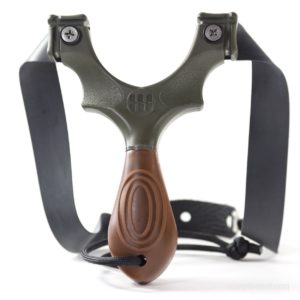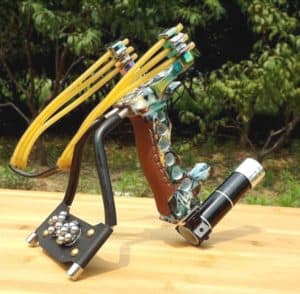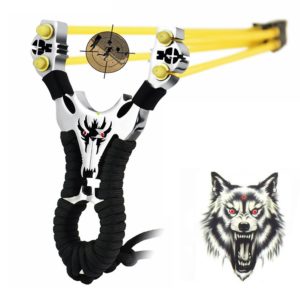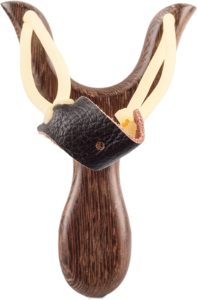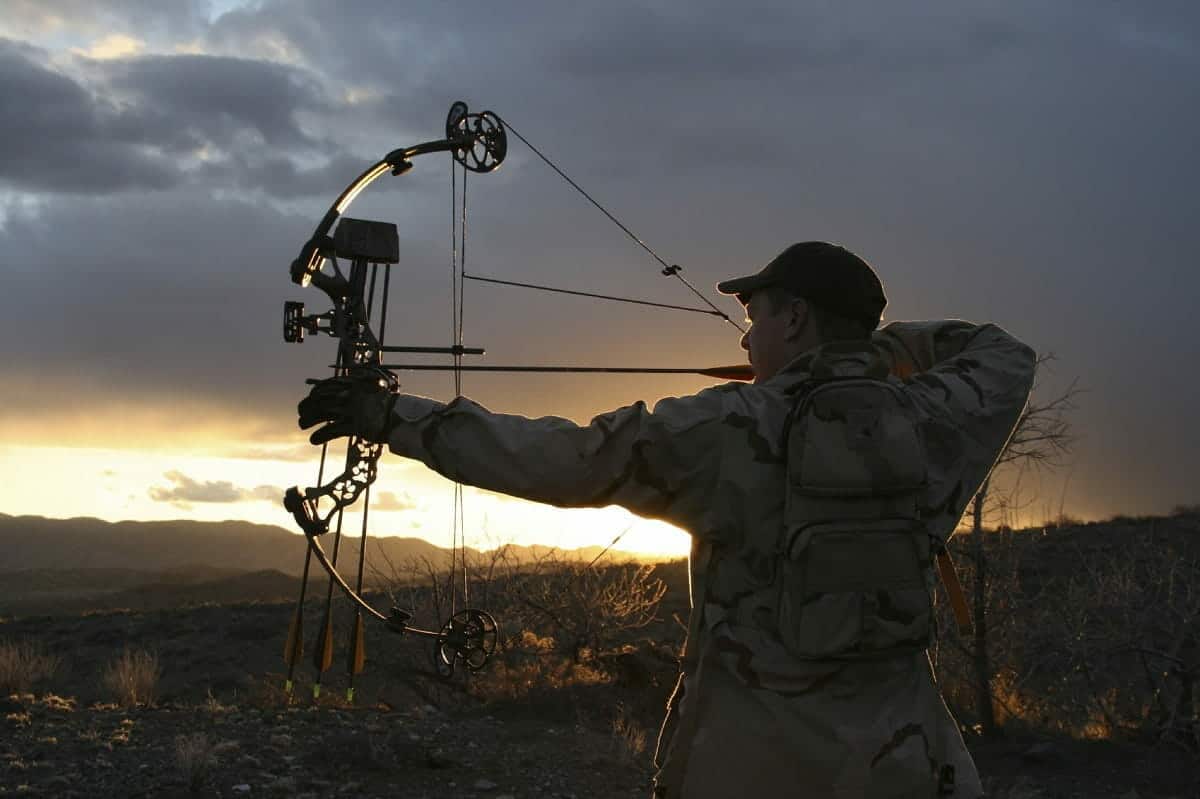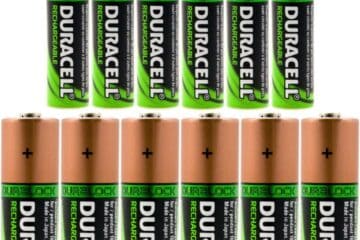Slingshots(or wrist rockets) are a very effective survival weapon and can be used for many things. They can be very accurate and are easy to use.
There are literally hundreds of slingshots on the market today so finding one that’s right for your needs can be a little like searching for the proverbial needle in a haystack.
In order to simplify things for you we’ve done the footwork and that we feel set the standard for slingshot effectiveness, durability and overall value.
Editors Choice-The Scout Hunting Slingshot
There are those who take exception to the look of the Scout but very few who take issue with its performance. The handle sports a unique design that is both comfortable and effective and enables a firm grip in all types of weather. There’s no forearm brace with the Scout but its compact size and excellent balance means you don’t really need one. The pouch is built to last and the wide flat band delivers pellets with accuracy out to 30+ yards.
Runner Up-Cg Adjustable Stainless Hunting Laser Slingshot
The Cg Adjustable Laser Slingshot sports an aggressively high-tech look yet none of its features are superfluous. There’s a laser sight and a wrist support that both stabilizes the shot and doubles as a magnetized ammo holder. The bands produce as much tension as you’re able to invest them with and when the ball leaves the sling you wouldn’t want to be the target. If you are the type of person that likes to get lost in the woods you’ll want to have this in your pack along with a good compass.
Honorable Mention-YZXLI Professional Outdoor Hunting Stainless Steel Slingshot
At first glance you may be tempted to think the design of the YZXLI Professional Outdoor Hunting Slingshot is a bit of a stunt. But once you grasp the YZXLI firmly in hand and fire off a shot or two you’ll understand. This is one of those rare pieces of equipment that looks as good as it works. It’s compact and lightweight and provides a variety of sighting options in the handle. Speaking of the handle, the seven core rope weaving is the next best thing to contouring.
Budget Friendly-BASUNE Solid Wooden Slingshot
This is a well made budget friendly sling shot. Its made out of leather and wood. Featuring high quality rubber bands and the handle is a one size fits all design. This sling shot is perfect for kids and even for adults who want something to plink around with.
–
Slingshot Buyer’s Guide
Slingshots are no longer used to fell giants but that doesn’t mean they’re devoid of purpose. Here are some of the reasons slingshots make excellent survival gear:
- They’re lightweight and won’t hog room in your backpack.
- Even if you run out of stainless steel balls just about any stone can be turned into a lethal projectile with a slingshot. Which means you’re never really out of ammo.
- Slingshots are virtually silent so your prey won’t be startled by the shot.
- Like all truly great survival tech slingshots are not dependent on an outside power source.
Things to Look for in a High Quality Hunting and Survival Slingshot
If you don’t have any experience with slingshots it’s tough to know what to look for when it comes time to purchase one. Here’s an overview of the most important features:
- The frame material – One of the great things about survival slingshots is that they’re so light carrying them deep into the woods in your backpack isn’t an issue. But not all lightweight frame materials are created equal and you want something that is both light and strong. Typically that means aircraft grade aluminum or glass filled nylon. Both are incredibly tough and light and won’t warp, crack or break the way wood can or crack and be rendered useless like plastic slingshots sometimes are.
- The handle – When it comes to slingshots the handle is perhaps the most important factor in determining whether your shot travels straight and true or winds up in the dirt 10 yards out. Most (though not all) of the best handles are contoured and have either a rough or rubberized surface that allows you to maintain a firm hold without having to assume a white knuckle death grip. And that’s important because, while your grip needs to be solid, your arm will need to be somewhat relaxed if you are to target effectively.
- The sight – In a survival situation you’re going to need to take down a bird or a small surface dweller like a rabbit. And you’ll likely have to do so at some distance. The only way you’ll have a fighting chance is if your slingshot either has an effective sight built into it or has a sight ring that can be added to the handle to hold your laser targeting device. Even the best sight won’t be able to compensate for an unsteady hand, but if all other things are as they should be the sight can be the difference between eating and going to sleep hungry.
- The forearm or wrist brace – The larger you get with a slingshot the greater the potential instability. As such, something is needed to restore order to the proceedings and that something is the wrist, or forearm brace. This is typically attached to the bottom of the handle and rotates down to meet your forearm. The best ones prevent the slingshot from tilting back toward you as you draw the pellet and this helps ensure that your projectile stays on target. This type of brace also reduces stress buildup in your wrist, which can be considerable if it’s taking you quite a few shots to bag your dinner.
Survival Slingshot FAQs
- Are slingshots good survival tools? – Yes. The best survival tools are simple in concept, easy to use, do not rely on outside power sources and don’t require ideal weather conditions. The hunting/survival slingshot meets all of these criteria and is also affordable, low maintenance and extremely portable.
- Which is better; flat bands or tubes? – In the past it was generally believed that flat bands provided more raw power than tubes. However, the advent of the triple tube system has largely negated any advantage flat strips used to enjoy. Today the difference is mostly in wear time. With flat bands typically wearing out faster than tubes.
- Do I really need a forearm brace? – The forearm brace is there to provide additional stability. So the short answer is “Yes. If you want to increase the odds that your shot will find its target.” With smaller, less powerful slingshots no wrist/forearm band is necessary because they’re more naturally stable.
- How do I hold the slingshot steady while I aim and draw? – If you’re finding it difficult to home in on the target the best thing to do is add a bit of movement deliberately. This way you can undermine the movement caused by the static tension and even time your shot to when you know the ball will be in the right position.
- How do I prevent hand slaps? – Having the band snap back and “slap” your hand can be very unpleasant. The best way to avoid it is by shooting through the forks. This is known as “TFF shooting”.
- Is there a way to avoid the shots coming back at me? – Return to sender shots as they’re called happen when the pouch flips over and recoils before it releases the ammo. The best way to avoid this phenomenon is, again, by shooting through the forks. The TFF setup sends both pouch and band between the forks cleanly and ensures an even distribution of energy, which in turn ensures the ammo will be released before the pouch has flipped.
- Is there any maintenance involved with a slingshot? – Not anything you’d typically think of as maintenance. All you really need to do is keep an eye on the bands, make sure the pouch is in good shape at all times and don’t store your slingshot in direct sunlight (this could damage the latex bands). Also, if the pouch looks like it’s weakened be sure to replace it.
Summary
If you are a hunter or dedicated outdoor enthusiast who spends a lot of time in the deep woods you should always have one of the above slingshots at the ready. In survival situations they can be the difference between making it out and not making it.
